
|
|
Font Size:
|
||||
|
|
|
|
||||
STATISTICAL BRIEF #326:
Children's Dental Care: Advice and Checkups, Ages 2-17, 2008
Highlights
- In 2008, doctors advised regular dental checkups for a little less than half of children between the ages of 2-17.
- Doctors advised regular dental checkups for only about one-third of uninsured children.
- Hispanic children received routine dental checkups at a lower rate than white, non-Hispanic children.
- About one-fourth of uninsured children received routine dental checkups in 2008.
- Poor children received routine dental checkups at lower rates than children from high income families.
- Children of college educated parents received dental checkups at higher rates than those whose parents had less than a high school education.
Introduction
Tooth decay affects children in the United States more than any other chronic infectious disease. Untreated tooth decay causes pain and infections that may lead to other serious problems. Routine checkups are extremely important to prevent decay problems in children. This Statistical Brief presents estimates based on the Household Component of the Medical Expenditure Panel Survey (MEPS-HC) on the advice given by doctors to the parents of children for their dental checkups and frequency of routine checkups. All differences between estimates noted in the text are statistically significant at the 0.05 level or better.Findings
In 2008, less than half (47.8 percent) of children between the ages of 2 and 17 were offered advice from a health care provider about the need for timely routine dental checkups. Children between the ages of 13 and 17 were offered advice at a lower rate than those between the ages of 6 and 12 or 2 and 5 (42.2 percent versus 48.6 percent and 53.3 percent) (figure 1).Fewer uninsured children, about one-third, received advice from a doctor to have regular dental checkups than those who had public or private insurance (34.5 percent versus 51.9 percent or 47.4 percent) (figure 2).
In terms of following the doctor’s advice to have routine dental checkups, only about half (49.3 percent) of the children received them. Among the racial/ethnic groups, white, non-Hispanic children made one or more visits for routine dental checkups in the past year at rates higher than Hispanic and black, non-Hispanic children. More than half (54.1 percent) of white, non-Hispanic children reported to have visited the dentists for routine dental checkups once or more during the last year compared with black, non-Hispanic (40.3 percent) and Hispanic children (42.8 percent) (figure 3).
Uninsured children ages 2–17 received routine dental checkups at lower rates than children who were covered by either public or private insurance (25.9 percent versus 40.5 percent and 56.5 percent) (figure 4).
Poor children made routine dental checkup visits during the last year at lower rates than children from high income families. Almost two-thirds (63.9 percent) of children from high income families reported at least one routine dental checkup visit during the last year as compared with 36.9 percent of children from poor families (figure 5).
Data Source
The estimates shown in this Statistical Brief are based on data from the MEPS 2008 Full Year Consolidated Data File (HC-121).Definitions
Questions about advice regarding dental checkups were part of the MEPS Child Preventive Care Questionnaire. The questions are: “Has a doctor or other health provider ever advised a dental checkup? When was that?” For the frequency of routine dental checkups, variable DVTOT was used.Age
Age is the last available age for the sampled person. For most persons, this was their age at the end of the year.
Educational level
The educational level of parents was measured by the reported highest grade of schooling ever completed as of the date of the interview: not a high school graduate, high school graduate, or some college.
Health insurance status
Individuals were classified in the following three insurance categories, based on household responses to health insurance status questions:
Any private health insurance: Individuals who, at any time during the year, had insurance that provides coverage for hospital and physician care (other than Medicare, Medicaid, or other public hospital/physician coverage) was classified as having private insurance. Coverage by TRICARE (Armed Forces-related coverage) was also included as private health insurance. Insurance that provides coverage for a single service only, such as dental or vision coverage, was not included.
Public coverage only: Individuals were considered to have public coverage only if they met both of the following criteria: 1) they were not covered by private insurance at any time during the year, and 2) they were covered by one of the following public programs at any point during the year: Medicare, Medicaid, or other public hospital/physician coverage.
Uninsured: The uninsured were defined as people not covered by private hospital/physician insurance, Medicare, TRICARE, Medicaid, or other public hospital/physician programs at any time during the entire year or period of eligibility for the survey.
Poverty status
Four income groups are defined based on the percentage of the poverty line for total family income, adjusted for family size and composition. Four categories were used: poor/negative income (less than 100 percent of the poverty line), near poor/low income (100–199 percent of the poverty line), middle income (200–299 percent of the poverty line) and high income (greater than 400 percent of the poverty line) in the year of the data collection.
Racial and ethnic classifications
Classification by race and ethnicity was based on information reported for each family member. Respondents were asked if each family member’s race was best described as American Indian, Alaska Native, Asian or Pacific Islander, black, white, or other. They also were asked if each family member’s main national origin or ancestry was Puerto Rican; Cuban; Mexican, Mexicano, Mexican American, or Chicano; other Latin American; or other Spanish. All persons whose main national origin or ancestry was reported in one of these Hispanic groups, regardless of racial background, were classified as Hispanic. Since the Hispanic grouping can include black Hispanic, white Hispanic, Asian and Pacific Islanders Hispanic, and other Hispanic, the race categories of black, white, Asian and Pacific Islanders, and other do not include Hispanic. MEPS respondents who reported other single or multiple races and were non-Hispanic were included in the other category.
About MEPS-HC
MEPS-HC is a nationally representative longitudinal survey that collects detailed information on health care utilization and expenditures, health insurance, and health status, as well as a wide variety of social, demographic, and economic characteristics for the U.S. civilian noninstitutionalized population. It is cosponsored by the Agency for Healthcare Research and Quality and the National Center for Health Statistics.For more information about MEPS, call the MEPS information coordinator at AHRQ (301) 427-1656 or visit the MEPS Web site at http://www.meps.ahrq.gov/.
References
For a detailed description of the MEPS-HC survey design, sample design, and methods used to minimize sources of nonsampling errors, see the following publications:Cohen, J. Design and Methods of the Medical Expenditure Panel Survey Household Component. MEPS Methodology Report No. 1. AHCPR Pub. No. 97-0026. Rockville, MD: Agency for Health Care Policy and Research, 1997. http://www.meps.ahrq.gov/mepsweb/data_files/publications/mr1/mr1.shtml
Cohen, S. Sample Design of the 1996 Medical Expenditure Panel Survey Household Component. MEPS Methodology Report No. 2. AHCPR Pub. No. 97-0027. Rockville, MD: Agency for Health Care Policy and Research, 1997. http://www.meps.ahrq.gov/mepsweb/data_files/publications/mr2/mr2.shtml
Cohen, S. Design strategies and innovations in the Medical Expenditure Panel Survey. Medical Care, July 2003: 41(7) Supplement: III-5–III-12.
Ezzati-Rice, T.M., Rohde, F., Greenblatt, J. Sample Design of the Medical Expenditure Panel Survey Household Component, 1998–2007. Methodology Report No. 22. March 2008. Agency for Healthcare Research and Quality, Rockville, MD. http://www.meps.ahrq.gov/mepsweb/data_files/publications/mr22/mr22.shtml
For more information about oral health, see the following publications:
Child dental health: http://www.nlm.nih.gov/medlineplus/childdentalhealth.html
Breaking down barriers to oral health for all Americans: http://www.ada.org/advocacy.aspx
Children’s oral health: http://www.cdc.gov/oralhealth/children_adults/child.htm
Preventing tooth decay in children: http://www.aap.org/healthtopics/oralhealth.cfm
Suggested Citation
Soni, Anita. Children’s Dental Care: Advice and Checkups, Ages 2–17, 2008. Statistical Brief #326. June 2011. Agency for Healthcare Research and Quality, Rockville, MD. http://www.meps.ahrq.gov/mepsweb/data_files/publications/st326/stat326.shtmlAHRQ welcomes questions and comments from readers of this publication who are interested in obtaining more information about access, cost, use, financing, and quality of health care in the United States. We also invite you to tell us how you are using this Statistical Brief and other MEPS data and tools and to share suggestions on how MEPS products might be enhanced to further meet your needs. Please e-mail us at mepspd@ahrq.gov or send a letter to the address below:
Steven B. Cohen, PhD, Director
Center for Financing, Access, and Cost Trends
Agency for Healthcare Research and Quality
540 Gaither Road
Rockville, MD 20850
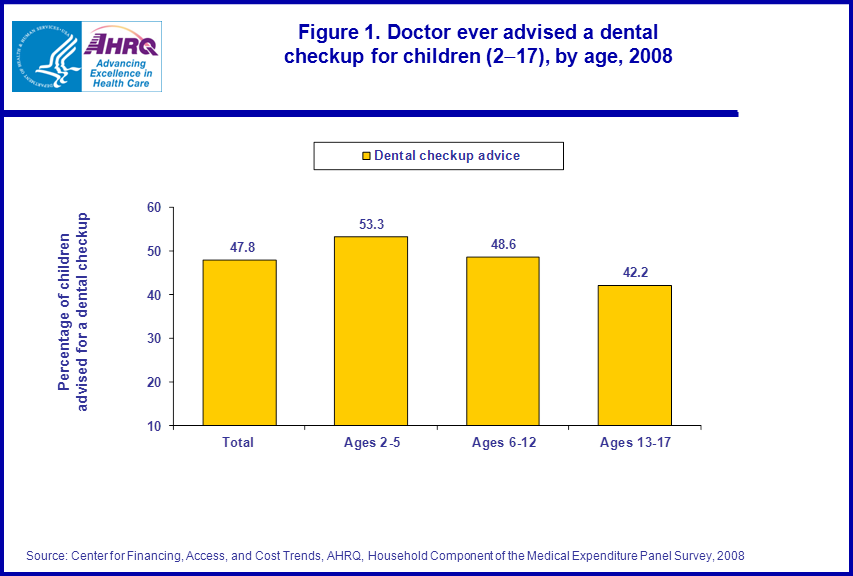 |
||||||||||||||||||||||||
|
||||||||||||||||||||||||
|
|
||||||||||||||||||||||||
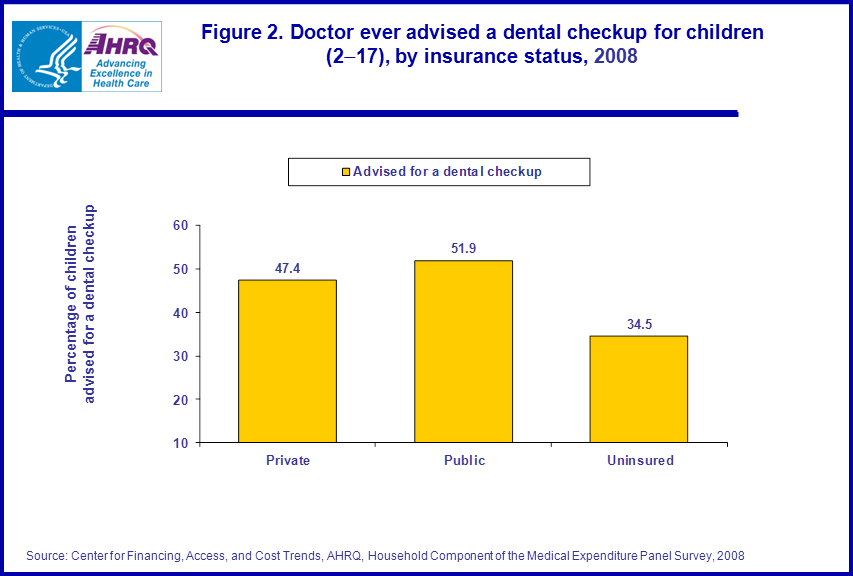 |
||||||||||||||||||||||||
|
||||||||||||||||||||||||
|
|
||||||||||||||||||||||||
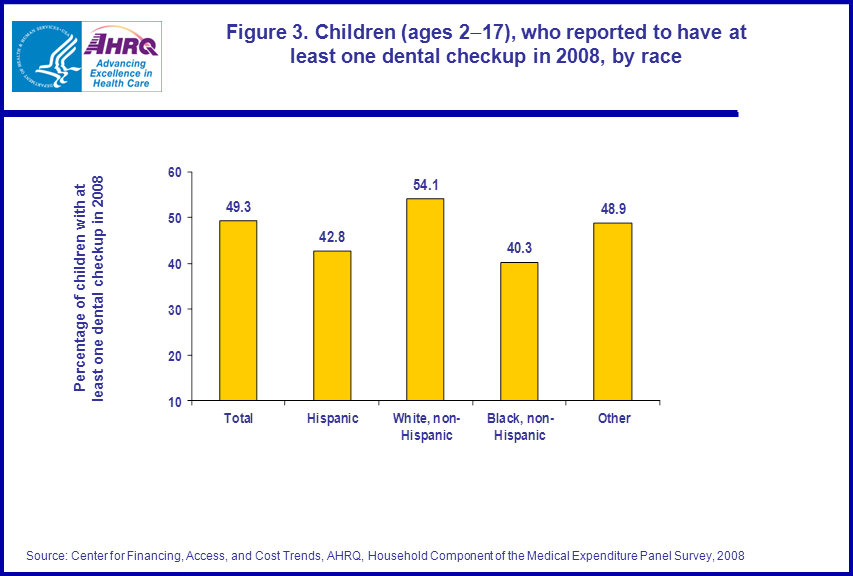 |
||||||||||||||||||||||||
|
||||||||||||||||||||||||
|
|
||||||||||||||||||||||||
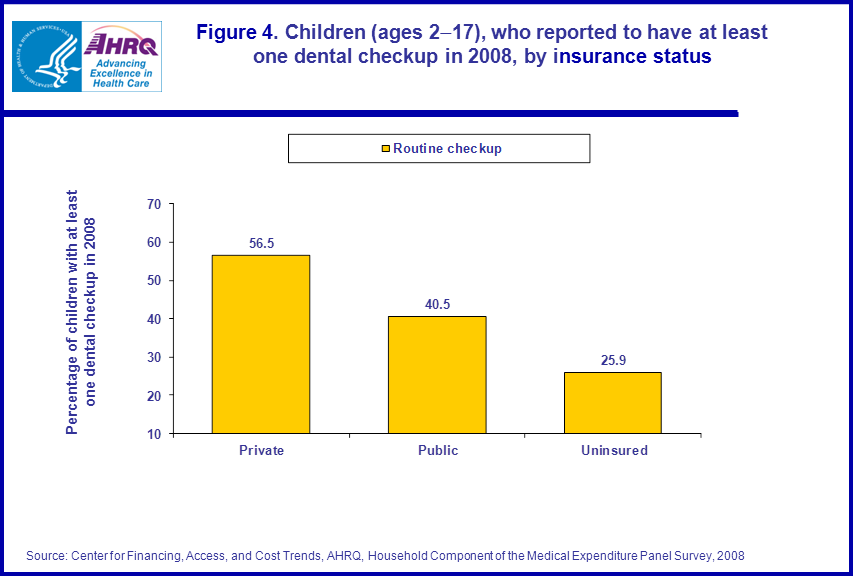 |
||||||||||||||||||||||||
|
||||||||||||||||||||||||
|
|
||||||||||||||||||||||||
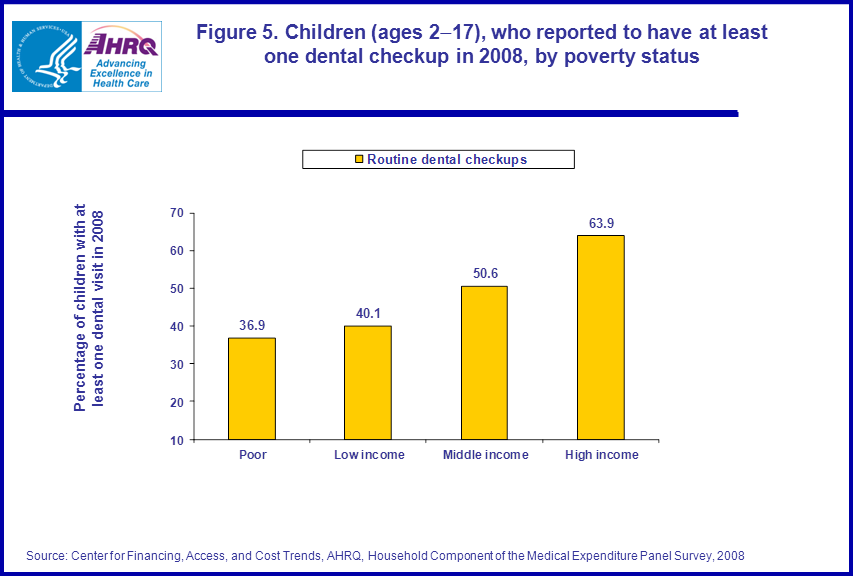 |
||||||||||||||||||||||||
|
||||||||||||||||||||||||
|
|
||||||||||||||||||||||||
 |
||||||||||||||||||||||||
|
||||||||||||||||||||||||
|
|
||||||||||||||||||||||||


